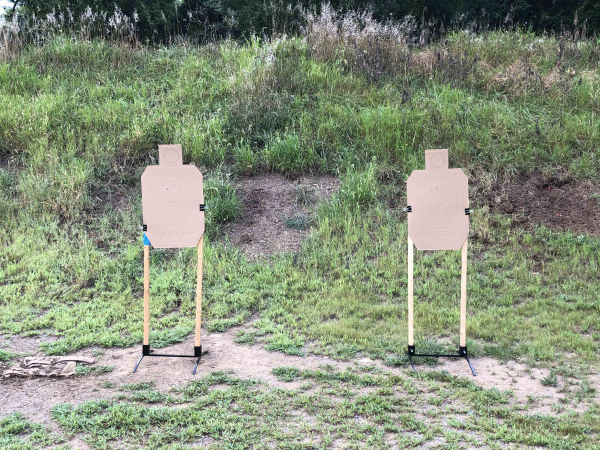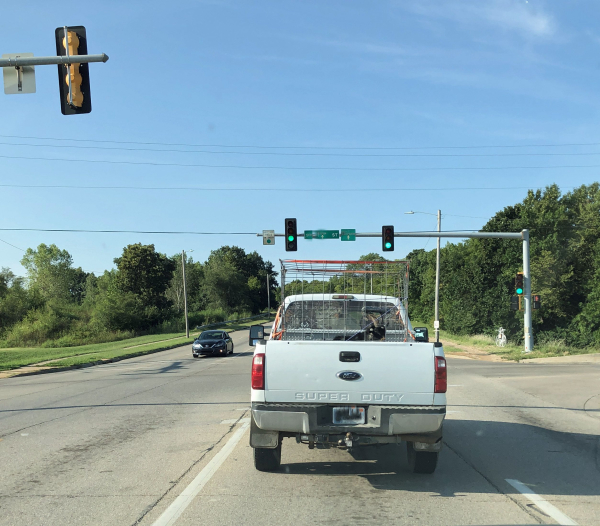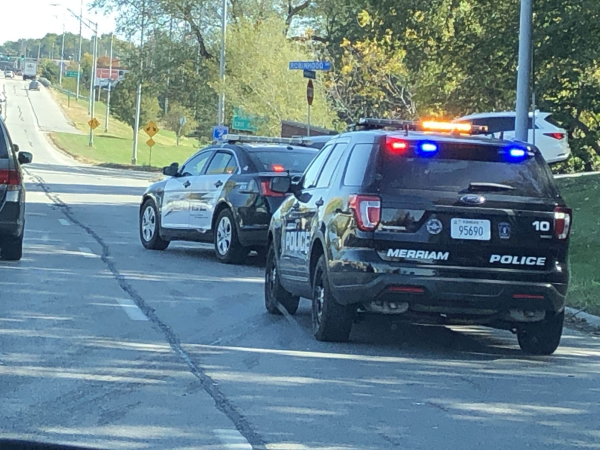I’d seen a social media post by Bravo Concealment that alluded to mental conditioning. The problem, as I see it, is that isolating marksmanship and gun handling without placing it in context divorces the technical shooting aspects from actual preparation for battle.

Range games are useful and competition is as relevant as you make it. Use mental rehearsal segments for pre- and post-shooting moments.
I’m being a bit repetitive here, but bear with me. My last real competitive endeavor was an IDPA Backup Gun Match held at what was the Smith & Wesson Academy some years ago. As competition wasn’t a regular thing for me, I used it to practice for potential issues in my daily life.
The ROs, wanting to get each stage cleared quickly after the shooting, ordered a sequence – unload, show clear, read ‘em, note them, tape them – that wasn’t the proper practice for a potential issue in the real world. Some of them were unnerved as I didn’t quickly and robotically empty the gun I’d just used in the “shooting engagement” so they could get on with it.
I know why they do what they do – and I respect it. But I was using that momentary pause to program responses for actual critical incidents. Putting that together with the pressure of competition was icing on the cake.
The social media post was along the lines of focus or engagement in the situation. It referred to pre- and post-engagement sequencing (h/t, Pat Rogers). That takes your training and practice from being about split times and scores and moves it into crisis rehearsal. “Don’t just think about pullin’ triggers,” the post said.
Once you can reliably predict hits on a preferred scoring area of a target with 100% certainty (at least five hits in five-inches repeatedly at a particular distance – you choose), you need to move into (1) avoidance, (2) verbalization and (3) post-shooting procedures.
The best battle in the world is the one you never attend. Observance of “The Stupid Rules” (h/t, John Farnam) certainly helps, but the attitude that created those rules takes you beyond that “this doesn’t seem like a good idea” stage. It’s more a lifestyle. While there are those who find their enjoyment of life enhanced by travel to dangerous locations, here and overseas, or chooses to enjoy large audience venues that conceivably lead to mass casualty events, there are others who just don’t.
Or won’t.

Using the ‘safe driving’ analog, CONTROL DISTANCE. Maintain your interval using distance and obstacles.
What’s the best course? Find which side of the line you’re on and engage in due diligence if you select risks. If you select the less risky course, you still need to understand you can wander into trouble if you don’t practice the “safe driving” lifestyle explained in this space last Thursday by Stephen Wenger.
There’s no such thing as “free.”
If you’re too far over your skis and “the thing” is happening, and you haven’t practiced verbalization – either aloud on the range or “inside your head” there (and when reading or watching dramas or both), you’re setting yourself up for subpar responses. Consider escape and evasion if avoidance didn’t work. Use of voice and body language can “pause the action” and perhaps de-escalate or redirect the action.
Be firm, be respectful. It’s something to rehearse.

In the immediate aftermath of a defensive firearm use, it may not be the police who arrive first; it could be another armed citizen – or nonuniformed (off-duty/plainclothes) officers. Mentally preparing for the situation in the aftermath pays dividends.
If the worst case has happened, what then? Our worst range practice is draw-shoot-reholster while squinting at the “points down” on the target. The reason some of the range people were concerned about my post-shooting pauses at the IDPA match is, perhaps, they thought I was confused or had a stroke.
In those moments, I was considering “what happens now?” in my mind.
Move – don’t be where you were when the shooting was happening.
Cover – look to ensure the threat is no longer active, that other potential threats haven’t appeared, look to see that responding help won’t see you as the threat. If you can do this behind something solid, it’s better.
Readiness – is the gun in your hand still functional? Was there a stoppage, either a failure or out of ammo? Are you injured?
Once the situation is stabilized, communication comes into focus. Get help. If you have to leave that scene, do so, but be the first to call for help.
Pre- and post-engagement sequencing becomes critical after you figure out how the gun works. Don’t forget this aspect to round out your practice.
— Rich Grassi